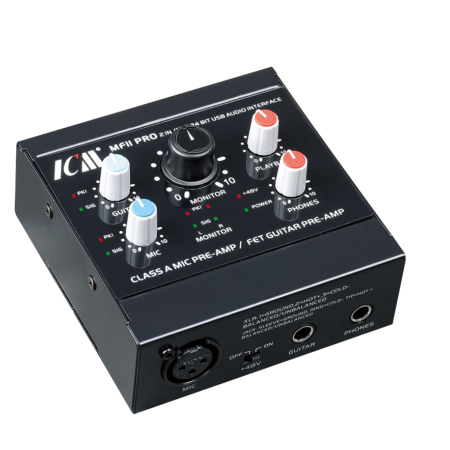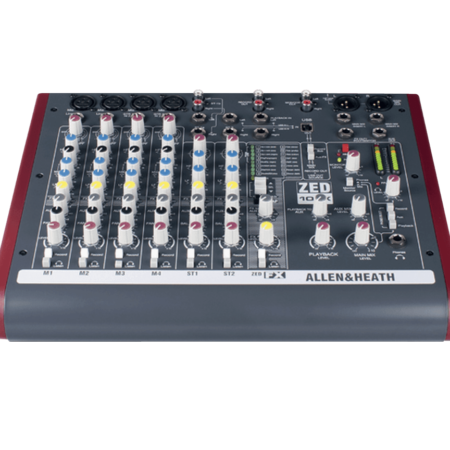Contents:

The accounting cycle could be a procedure made to form it simpler for business owners to stay track of their financial activity. Entries passed to open a new set of books by an entity which is either starting a new business or continuing business to open a new set of books at the beginning of an accounting period. JF column denotes the page number on which journal entry of this transaction has been recorded. Check out Taxmann’s Financial Accounting which is a focused book on Financial Accounting for B.Com. Students to possess knowledge of the concepts and practices. It provides a conceptual understanding of accounting, the accounting process and the preparation of final accounts using computers.

When the accounts are already up-to-date and equality between the debits and credits have been tested, the financial statements can now be arranged. Another benefit of journal entries is that they allow auditors — internal and external — to access detailed accounts of each financial transaction. Auditors often look for appropriate documents and approvals during the auditing process, and journal entry helps them gain access to all such critical data points. Ledger is a principal book which comprises a set of accounts, where the transactions are transferred from the Journal.
It is this post closing entries to t-accounts of debit and credit that is the basis of the double entry accounting system. A trial balance is a report that is used internally within the company, while the balance sheet is usually released to investors and financial institutions outside the company. The primary function of the trial balance is to see if the total credits and debits in the books of account balance with each other. You can prepare a trial balance for every month or even every quarter. The balance sheet, however, is a document that is prepared for each financial year.
Why Small Business Outsource Accounting & Bookkeeping
Journal entries register accruals and reverse them in the subsequent accounting term when that month’s accruals are committed. To register non-routine accounting transactions, organize journal entries for crucial transactions not recorded through a subsidiary ledger like accounts receivable. You can even utilize journal entries to make modifications. Next, if the Income Summary has a credit balance, the amount is the company’s net income. The Income Summary will be closed with a debit for that amount and a credit to Retained Earnings or the owner’s capital account. If the Income Summary has a debit balance, the amount is the company’s net loss.

Closing Entries are passed in the journal for closing the nominal accounts by transferring them to the Trading and Profit & Loss Account. Closing entries to be passed at the end of the accounting year when the financial statements are prepared. The Journal Proper in the accounting system can be defined as the book for the entry for the transactions done in credit and all of these usually are not entered in other books. This is done in a chronological order i.e. all the credit transactions are recorded in the book in a proper order.
Related Posts
Adjusting Entries are passed in the journal for unrecorded items like closing stock, depreciation of fixed stock outstanding and prepaid items. Adjusting entries are passed at the time of preparing the final accounts of the company. A. All ledger accounts are closed to start the new accounting period. Profit and Loss Account and Balance Sheet are the two basic financial statements, also known as final accounts, which are prepared from information given in the trial balance. Accruals have to do with earnings you didn’t instantly record at the time , or expenses you did not instantly pay for. Accruals make sure that the financial statements you are arranging now take into account future revenues and expenses.
Pokemon Bank on 3DS Will Soon Be Free to Use – GameRant
Pokemon Bank on 3DS Will Soon Be Free to Use.
Posted: Sat, 04 Mar 2023 15:55:00 GMT [source]
Many transactions occur and are recorded during the accounting cycle. Both revenues and expenses are designated/classified as operating and non-operating. Reconciliation is an accounting process that compares two sets of records to check that figures are correct, and can be used for personal or business reconciliations. At the end of the accounting period, the drawings account has an ending balance of $10,000.
A Beginner’s Guide to The Accounting Cycle
This will be identical to the items appearing on a balance sheet. Take the pain out of generating the trial balance and balance sheets using an intelligent business accounting software such as TallyPrime. It helps you balance your books and audit all transactions efficiently and quickly.

If you use https://1investing.in/ software, you will find that many of these steps, such as entering proceedings and posting them to the G/L, have been amalgamated into a single step. Without them, you would not be able to do things like plan expenses, assure loans, or vend your business. Through the accounting cycle(every so often called the “bookkeeping cycle”). Thus, a business owner or the accountant can simply draw balances of all accounts from the Trial Balance. He does not have to look for such balances in each ledger account. Ledger accountsin terms of debit and credit amounts are correct.
Now next comes arranging an unadjusted trial balance, which occurs at the end of the accounting phase. Theledger is a large, numbered list revealing all your company’s proceedings and how they affect each of your business’s individualaccounts. The general ledger is like the skeleton key of your bookkeeping structure. If you’re looking for any financial record for your business, the quickest way is to examine the ledger. Once you have transfigured all of your business proceedings into debits and credits, it’s time to move them into your company’s registry.
Adjusted Trial Balance Vs Post Closing Trial Balance: What is the Difference?
Also, to give you a better idea, here is a detailed overview of the ways you can close your accounts.

Once the transactions are entered in the journal, then they are classified and posted into separate accounts. The set of real, personal and nominal accounts where account wise description is recorded, it is known as Ledger. Balance Sheet ledger accounts are maintained in respect of each asset, liability and equity component of the statement of financial position.
Every economic transaction in a company moves through an accounting process, a multi-step method that documents, outlines, and categorises your trades into financial statements. Furthermore, after most of the cycle is finished and financial accounting statements are created, one final step in this comprehensive process is closing your financial books. Closing your financial books concerns writing closing entries to transfer transient account credits into the company’s permanent reserves.
The Journal is known as the book of original entry, but Ledger is a book of second entry. Purchase a used Motor Car costing Rs. 50,000 and paid by check. Ahmed Bajwa, an interior decorator, completed the following transactions during the month of March 2008. The business receives a cheque for Rs. 400 from customer who is paying for goods received but not previously paid for. Oct. 10Paid the amount owed on account for the Oct. 2 inventory purchase. Oct. 9Sold garden supplies on credit terms 3/20 net 30, FOB shipping point, for Rs. 4,000.
- Besides the above entries, there are some entries to be passed in the journal which does not often happen in the organization.
- The post-closing trial balance, the last step in the accounting cycle, helps prepare your general ledger for the new accounting period.
- This information is necessary for the proper growth of the organization.
- Journal is also known as book of primary entry, which records transactions in chronological order.
- Suppose the owner of a business decides to invest INR 1,00,000 in cash in his business.
A post-closing trial balance is prepared after the adjusted trial balance. Therefore, there are fewer chances of errors and omissions in the post-closing process. All temporary account balances such as revenue, COGS, accrued expenses, deferrals, etc. would be carried forward to the next accounting period. Adjusted trial balance does not represent a formal format of a financial statement.
They are arranged at the starting of the new accounting period to ease a smoother and more consistent recording process. Ensures that debits and credits on affected accounts are allocated based on standard accounting rules. Correct date ensures that the data stored in journal entries are applied to the suitable accounting period. These entries signal the end of an accounting period at a balance that can be moved to a permanent account from the temporary one.
A portion of Yuppy’s parking lot is used by executives of a neighboring company. A person pays $6 per day for each day’s use, and the parking fees are due by the fifth business day following the month of use. The first step in an organization’s accounting cycle is to spot the transactions that conjure a bookkeeping event. This may be an acquisition, a refund, a payment to a vendor, etc.







